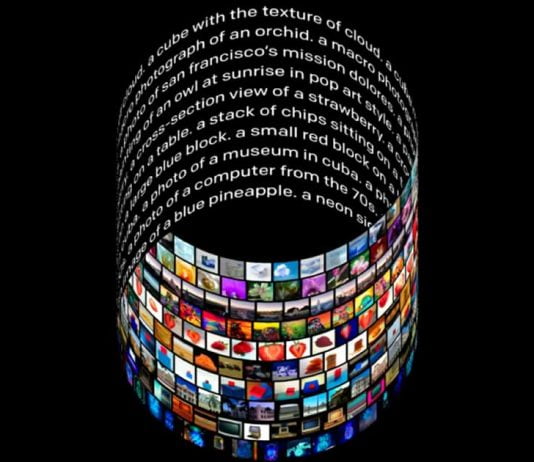The history of AI-generated art may be traced back to the development of the computer and the discovery of computer graphics. The researchers then employed simple algorithms to generate simple patterns and forms. And the year 2022 may go down in history as the year when AI art became mainstream. The emergence of high-quality tools based on various algorithms has made neurocreativity available to anyone with a smartphone and an Internet connection.
Various AI models enable you to mimic the techniques of artists, convert sketches into photorealistic illustrations, bring portraits to life, and generate new images from text. For different jobs, different or similar approaches and technologies are employed.
Contents
Different AI Models Related To Arts
Neural Style Transfer
Neural Style Transfer (NST) is a convolutional neural network-based technique that allows you to create a painting that mimics another image in the manner in which it is executed. It turns out that this kind of algorithm already exists. In 2015, a group of German researchers developed a method for transferring art style from one image to another. Several teams have since worked to improve this method in order to make it faster and more exact.
Generative Adversarial Neural Networks
Generative Adversarial Neural Networks (GANs) are in charge of developing new works of art or paintings in the manner of previous images. These are algorithms that combine two models: a generator that generates the content and a discriminator that evaluates it. Human faces, cat faces, furniture, and other items can be drawn using GAN-based systems that are comparable to those in the training dataset.
AI Image-on-text Generators
Today’s most popular art creation tools are AI-based image-on-text generators that employ language models such as OpenAI GPT-3. The user needs to come up with any query in natural language, and the algorithm will generate a picture in accordance with the hint. You can try out this recently launched free AI image generator from Creative Fabrica to create something unique and different for your personal and creative projects. The tool CF Spark Art make it easy to create premium AI images with just a few clicks. You just need to write what you would like to create with the tool and choose your preferred image.
Text descriptions can contain a large number of words, the inclusion or removal of which can significantly alter the outcome. They play an important part in the creation of images. AI generators are trained on massive arrays of images and their textual descriptions, with the model trained to look for a connection between them. They also frequently employ the diffusion process, in which the algorithm generates an image from a group of random points and gradually improves it, bringing it closer to a provided hint and removing noise.
Most popular AI generators have content creation limitations, such as not being able to show nudity, violence, realistic faces, or political figures. DALL-E 2, Google Imagen, and Midjourney are examples of such tools. However, there are systems that do not have such constraints, such as Stable Diffusion. According to the creator of the Stability AI programme, the model has no filters and may generate any content.
AI algorithms “think” outside the box. They can generate previously unseen visuals, arrange objects in odd ways, and blend textures in different manners. Such art can become a source of inspiration for larger projects. People will be able to frequently use technology to inspire and expand their ideological potential if neural networks are sufficiently and continuously developed.


